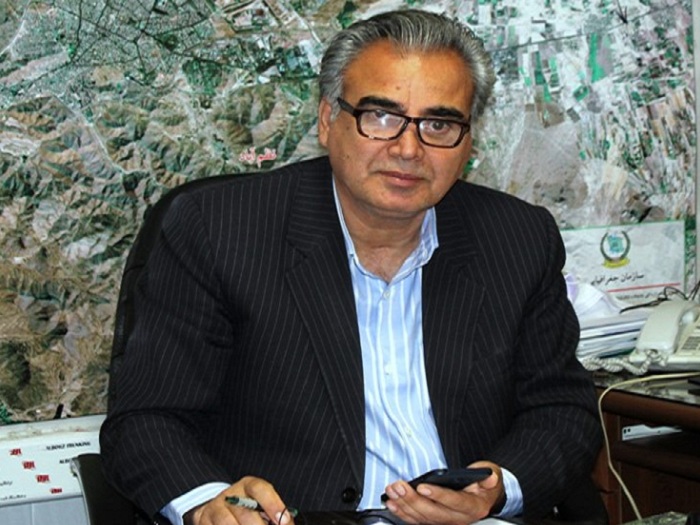Development of rules in the capital of Iran's stone industry

The Director General of the Technical, Civil and Transportation and Traffic Affairs Office of the Central Governorate announced the development of criteria for activities in Iran's stone industry hub and said: the criteria for constructing a building in Nimvar industrial hub were approved.
According to the International Exhibition of Iranian Stone, in the discussion of urban development, one of the issues that always cause problems are unplanned and unprincipled constructions, constructions that have been done without considering the construction criteria and without observing the principles of urban planning and many problems. They create in different things.
Irregular constructions without observing the principles of urban planning can cause problems such as increasing the volume of traffic on the axes and accidents, so observing the necessary rules and regulations based on the principles of urban planning should always be considered by the builders of different buildings to witness. Be principled development.
The non-observance of the principles of urban planning by some stone-cutting units in Nimvar industrial hub is an issue that has caused problems these days and has caused numerous access to the Nimour-Delijan axis.
The construction criteria for the building were approved at the Nimvar industrial hub
Hamidreza Nawazani, Director General of the Technical, Civil and Transportation and Traffic Office of the Central Governorate, said: "Failure to comply with the principles of urban planning by some stone-cutting units located in the industrial hub of Nimvar Moayed is necessary to formulate rules for illegal construction and access." Numerous to be blocked on the main axis of Nimvar-Delijan.
He added: "According to this, a set of relevant rules and regulations was prepared by the General Directorate of Roads and Urban Development of the province and after expert examinations by experts of the technical committee of the governorate, was discussed and approved at the meeting of the working group."
The Director General of the Technical Office, Civil Affairs, Transportation and Traffic of the Central Governorate stated: According to the approved rules and to prevent traffic accidents, the construction of direct access roads from industrial units to the main Nimvar-Delijan road is prohibited. All industrial units on this site, built through the road axis of Atashkooh village, were determined to be the criterion for action after approval by the provincial traffic council.
Nawazani stated: for the coordination and uniformity of the occupation level and the height of the construction buildings, it was decided that the maximum occupancy level would include fifty percent of the area of the units and the height of the construction buildings was determined to be a maximum of three floors with nine meters above the floor.
He continued: "According to the approved criteria, the construction of a scales is unconditional, provided that it has a special aspect and also a crane with any area, provided that the occupant level of the relevant industrial unit is reduced by ten percent."
The Director General of the Technical Office of Civil Engineering, Transportation and Traffic of the Central Governorate stated: Considering that most of the units in the industrial hub of Nimvar city have an area of more than five thousand square meters, it was determined that the quorum of each unit is two thousand five hundred Fifty square meters and fifty square meters for commercial units, and this rule does not apply to previous separations assigned to applicants by the General Directorate of Roads and Urban Development.
Emphasizing the need to comply with all fire regulations for all industrial units, Nawazani added: "All units that have previously applied for a license and completed work from Nimour Municipality, their criteria for operation until the end of the useful life of the building, the criteria at the end of the work."
* Tasnim










